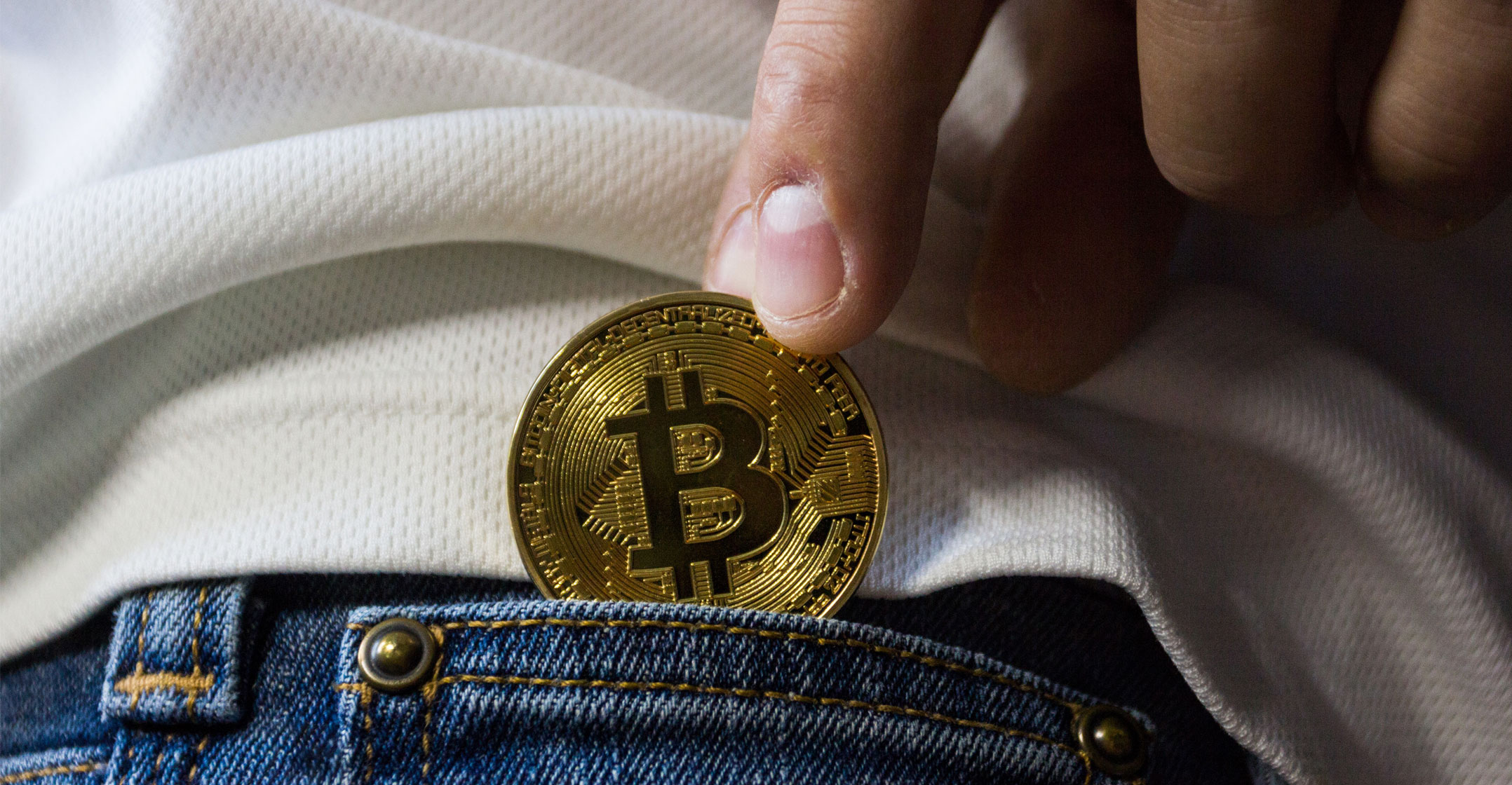 A sudden exodus from the most popular dollar-linked cryptocurrency rippled through digital asset markets on Monday, saddling some investors with losses while propelling bitcoin to its biggest gain in more than three weeks.
A sudden exodus from the most popular dollar-linked cryptocurrency rippled through digital asset markets on Monday, saddling some investors with losses while propelling bitcoin to its biggest gain in more than three weeks.
Tether, the so-called stablecoin used as a substitute for the US currency on crypto exchanges around the world, broke its historically tight link with the greenback, touching 85c on US-based venue Kraken. Transactions on Binance, one of the world’s most active platforms for tether, recently implied a price of about 96c, according to CoinMarketCap.com. Bitcoin jumped as much as 8.9% to US$6 769 as tether holders shifted into alternative virtual currencies.
“If traders start to flee tether, it’s a potentially precarious situation,” said Vijay Ayyar, head of business development at Luno, a cryptocurrency exchange. “It basically implies a lot of volatility ahead.”
While sceptics have long doubted whether tether was fully backed by dollars as its issuer has claimed, markets have mostly shrugged off those concerns and treated the coin as if it were worth $1. Tether’s stability helped it become a major part of global crypto ecosystem, with traders using it for about 20% of all virtual currency transactions tracked by CoinMarketCap.com — second only to bitcoin.
But faith in tether abruptly diminished on Monday amid renewed speculation over the financial health and banking relationships of Bitfinex, a crypto exchange that shares a CEO with tether’s issuer.
Similar rumours earlier this month prompted Bitfinex to issue a statement last week denying allegations that it was insolvent. In a Medium post after several hours of market turbulence on Monday, Bitfinex said that withdrawals from the exchange were being processed as usual even though fiat-currency deposits had been paused for some users. That appeared to calm markets somewhat, with tether paring some of its losses and bitcoin giving up some gains.
Exposure to risks
Many crypto-related firms have struggled to maintain banking relationships as regulators in the US and elsewhere scrutinise the industry’s exposure to risks including money laundering, market manipulation and security breaches. For tether’s issuer, a viable bank account is an important part of its pledge to redeem the coins for $1 each.
Questions surrounding Bitfinex and tether are nothing new. Since at least 2017, some market watchers have alleged that trading in tether coins on Bitfinex has helped prop up bitcoin’s price. The US Commodity Futures Trading Commission sent subpoenas to Bitfinex and Tether at the end of last year, a person familiar with the matter told Bloomberg in January.
Given that withdrawals on Bitfinex appear to be working as usual, renewed jitters surrounding the exchange and tether are “probably a bit of paranoia”, said Timothy Tam, co-founder and CEO of CoinFi, a cryptocurrency research firm. “I believe this will all clear up relatively soon.”
Still, now that traders have several stablecoins to choose from, some may decide to dump tether in favour of alternatives such as the gemini dollar, a brainchild of Cameron and Tyler Winklevoss, said Jehan Chu, managing partner at blockchain investment and advisory company Kenetic Capital. Paxos Standard, another stablecoin linked to the dollar, was trading at $1.06 versus tether on Binance.
“Faith in Bitfinex’s financial situation and ability to fully back tether has been a recurring question,” Chu said. “Tether’s stablecoin dominance will only persist if they can settle community criticisms about their lack of transparency once and for all.” — Reported Andrea Tan, Eric Lam and Benjamin Robertson, (c) 2018 Bloomberg LP




